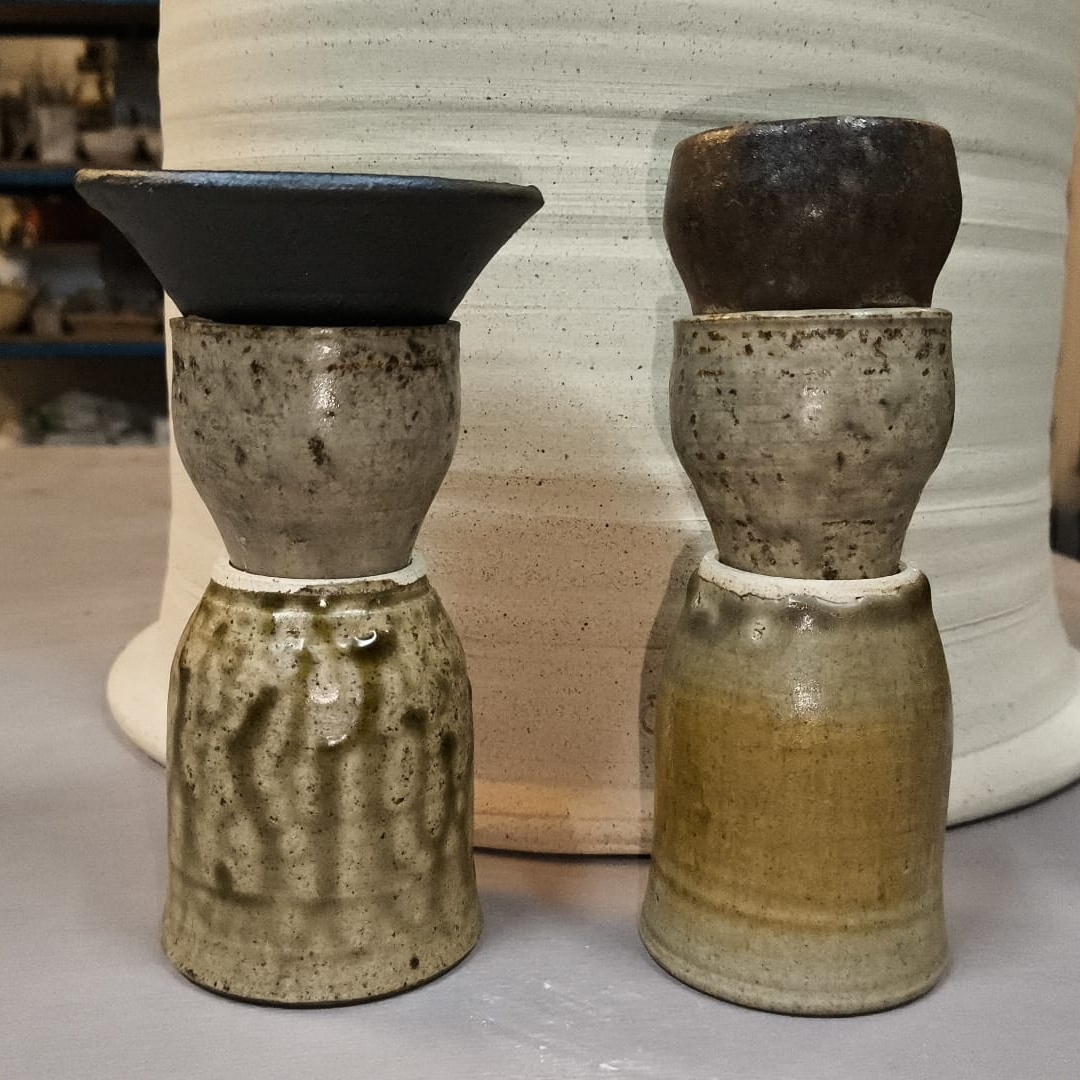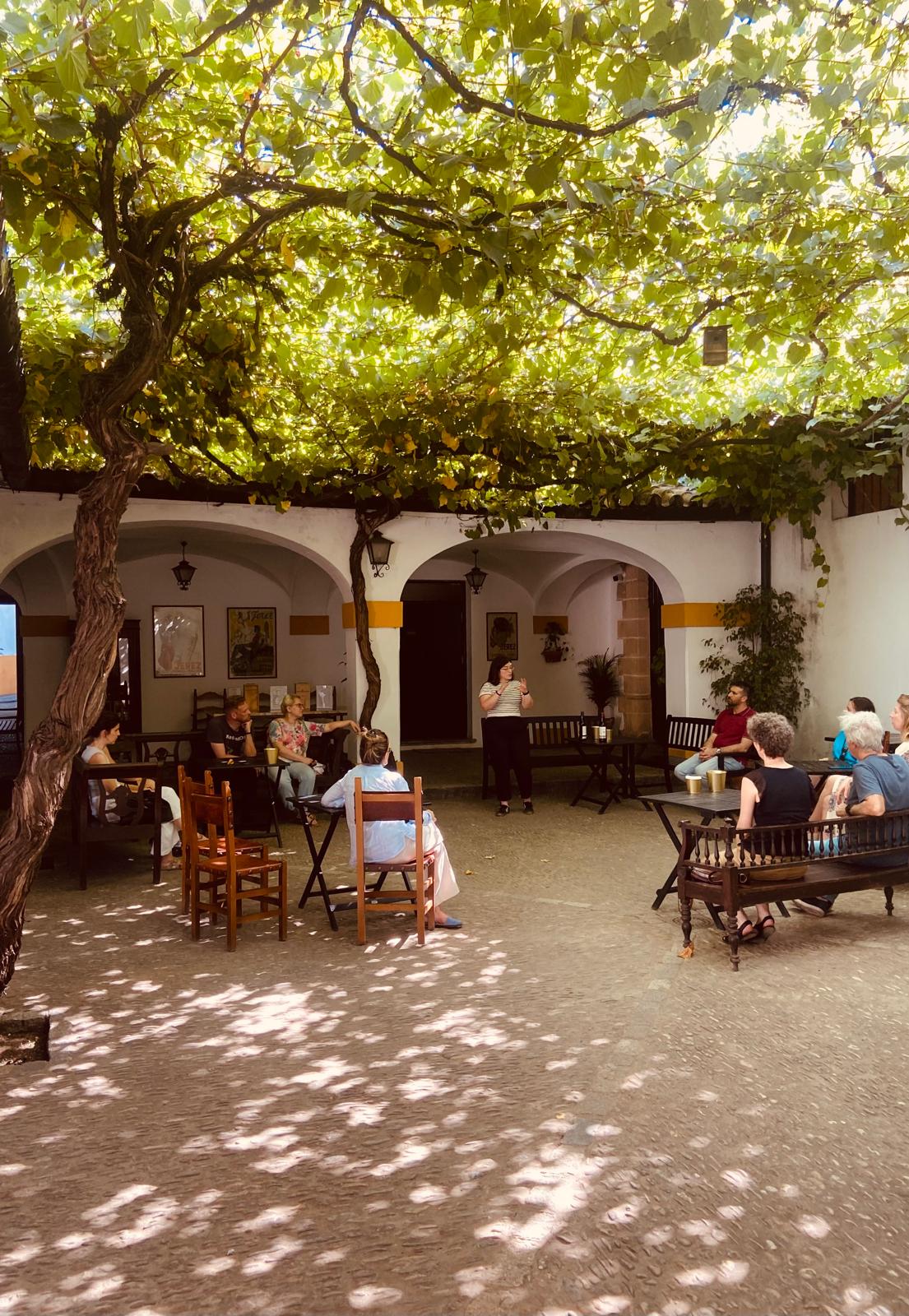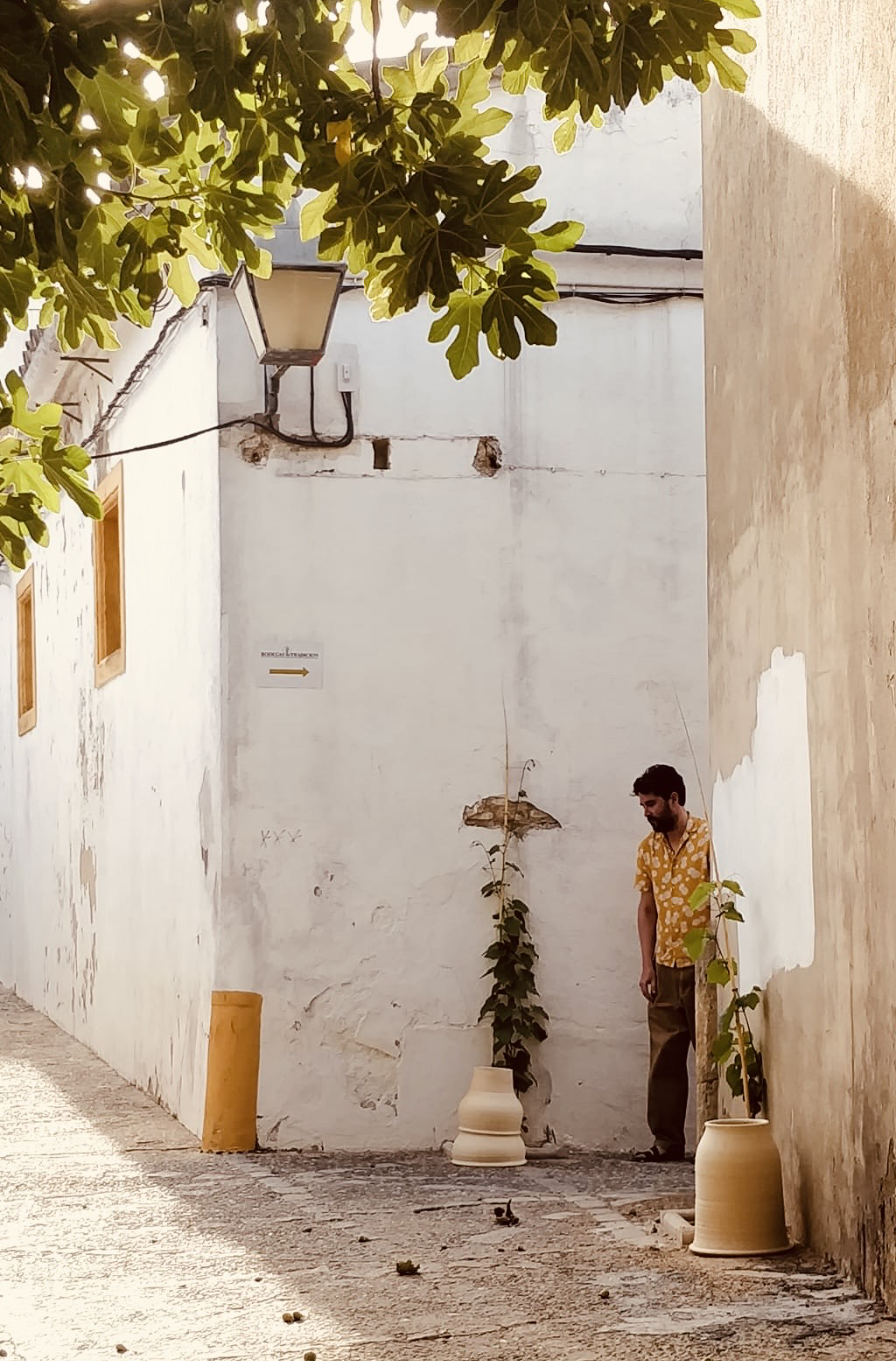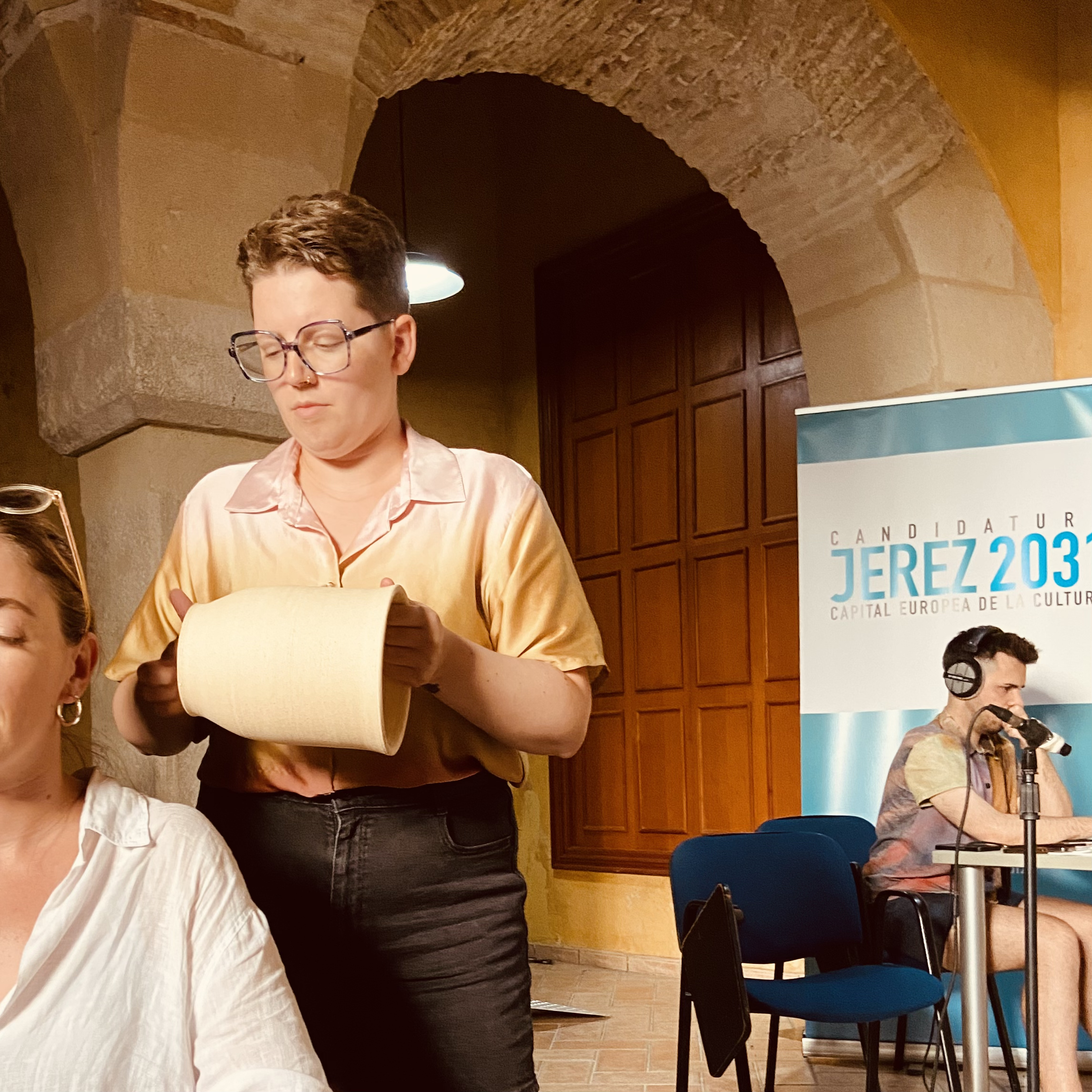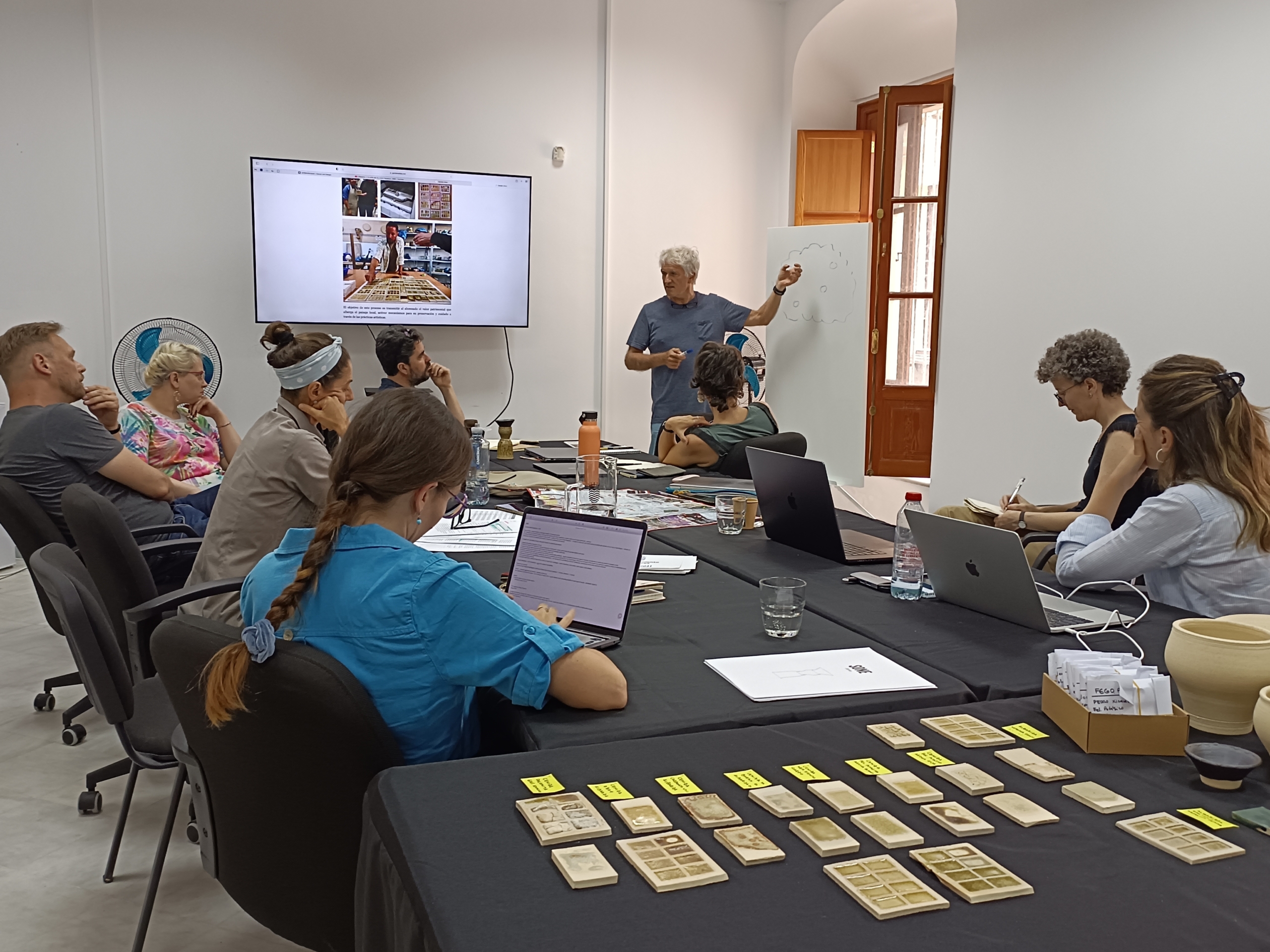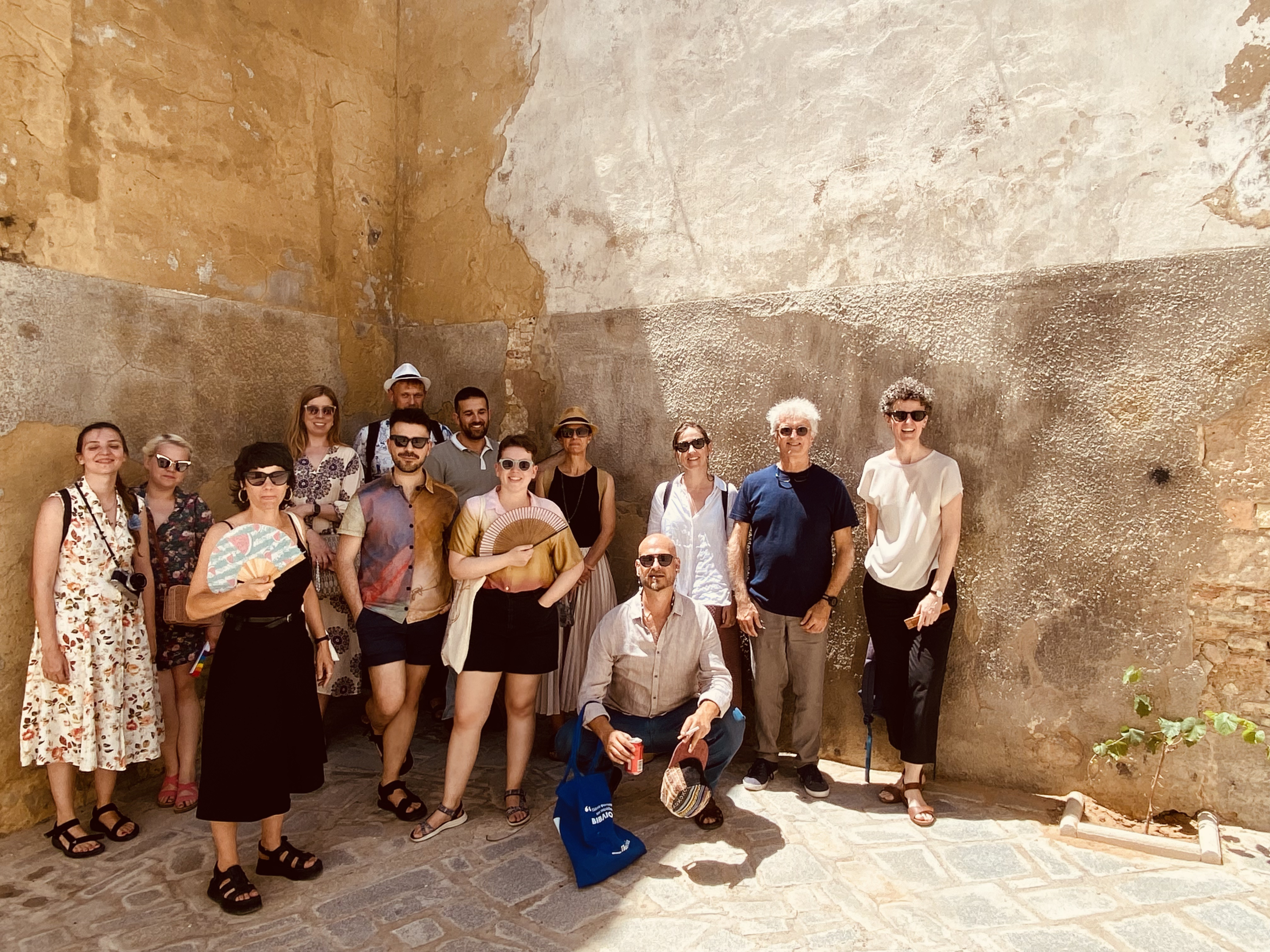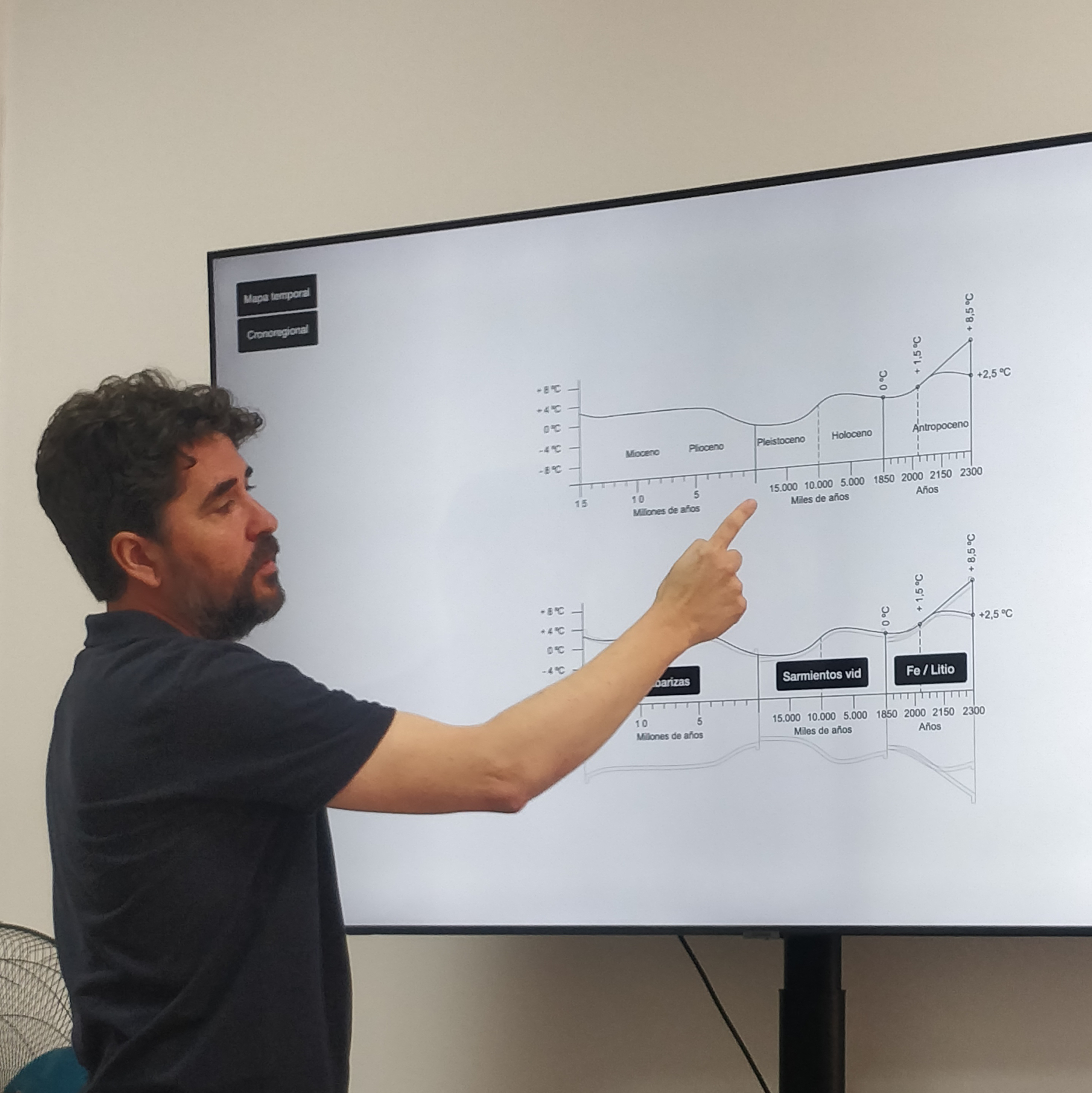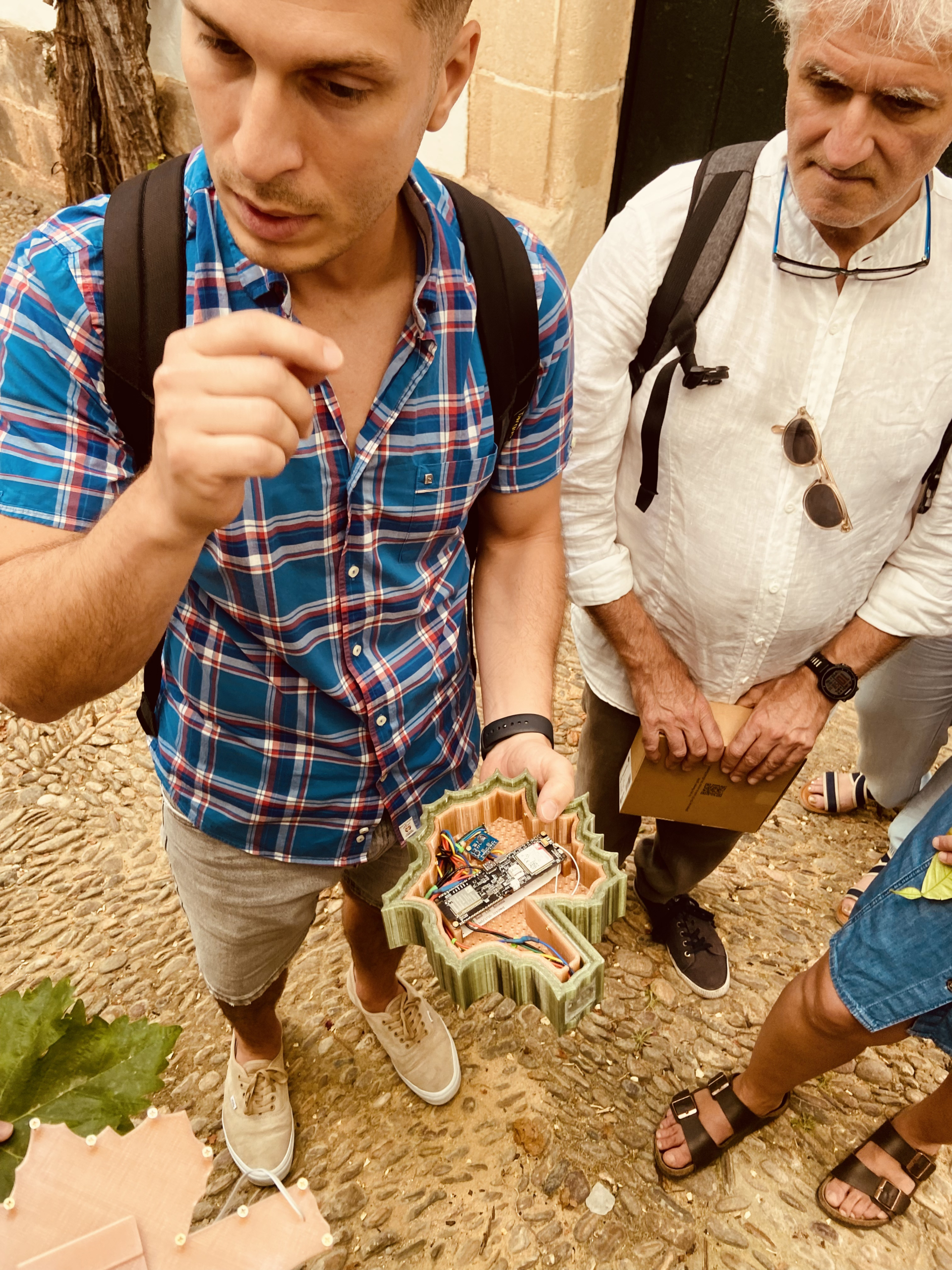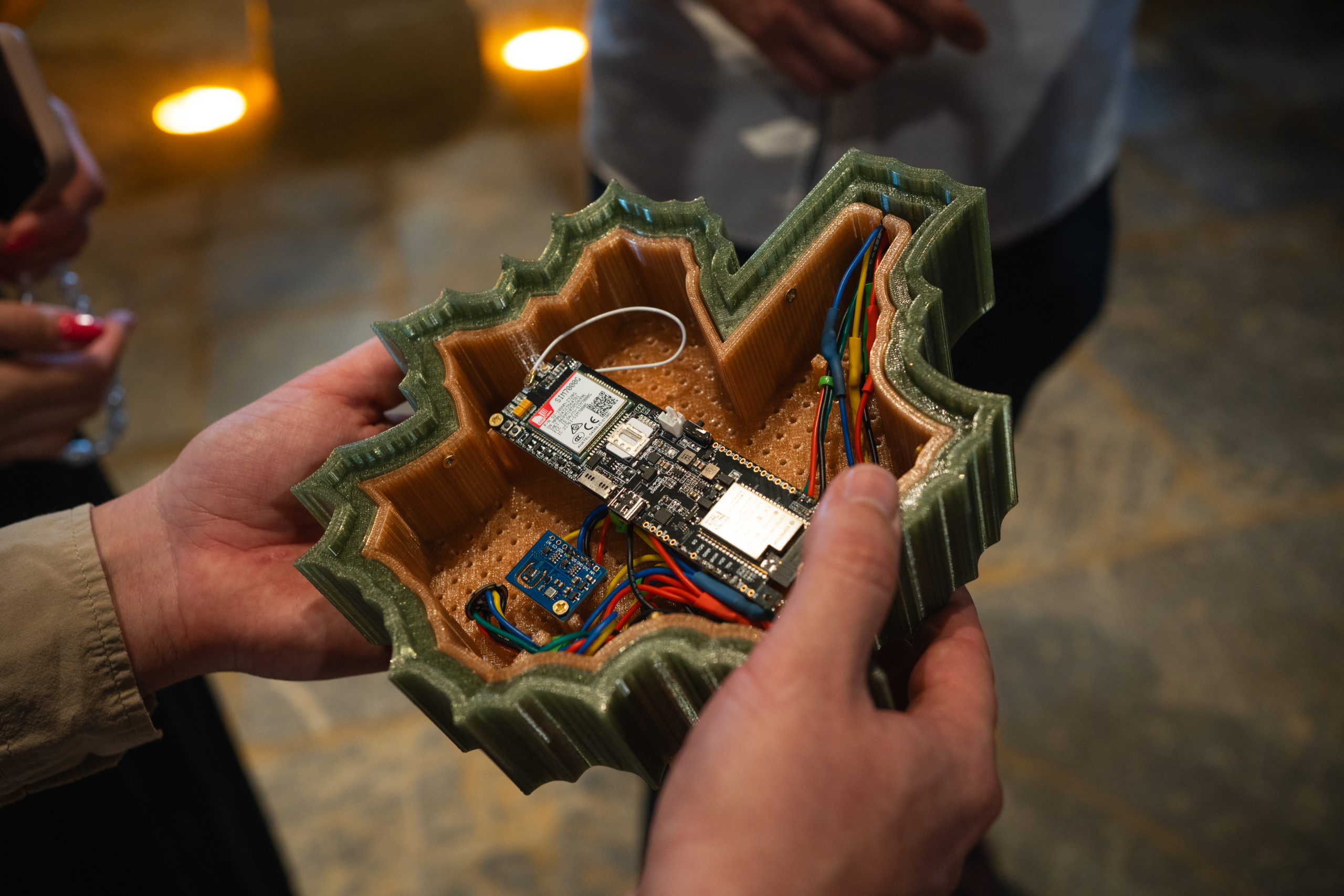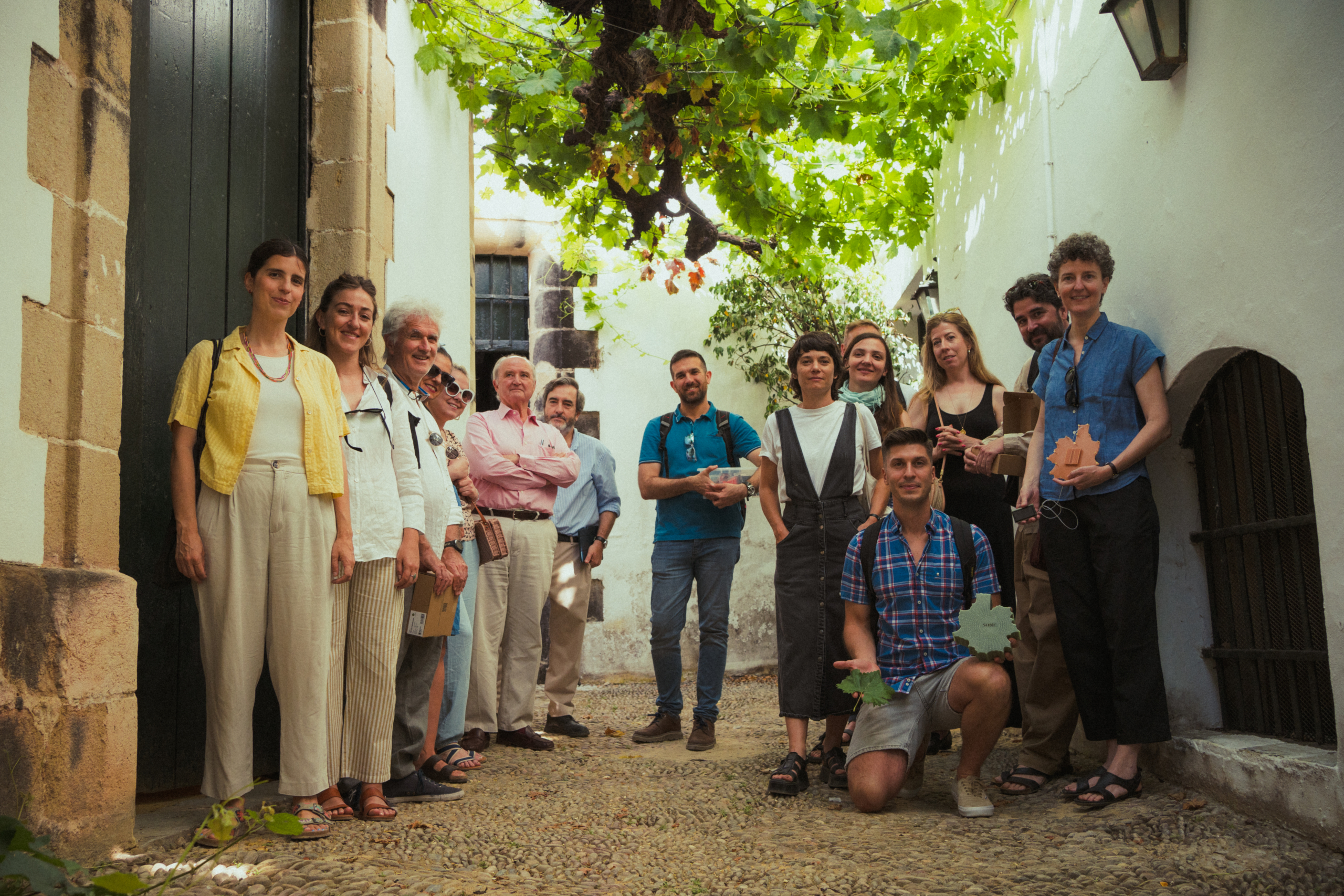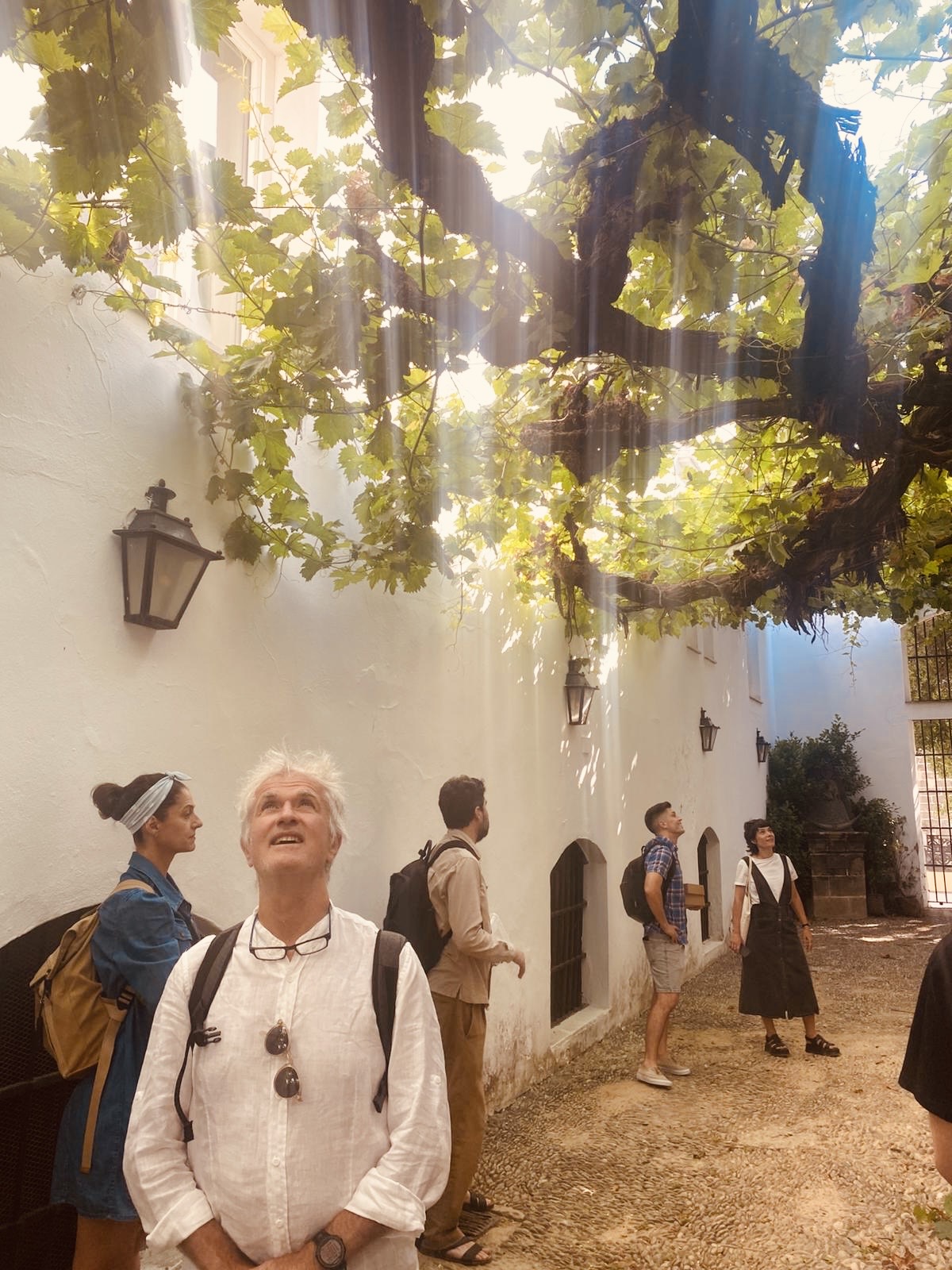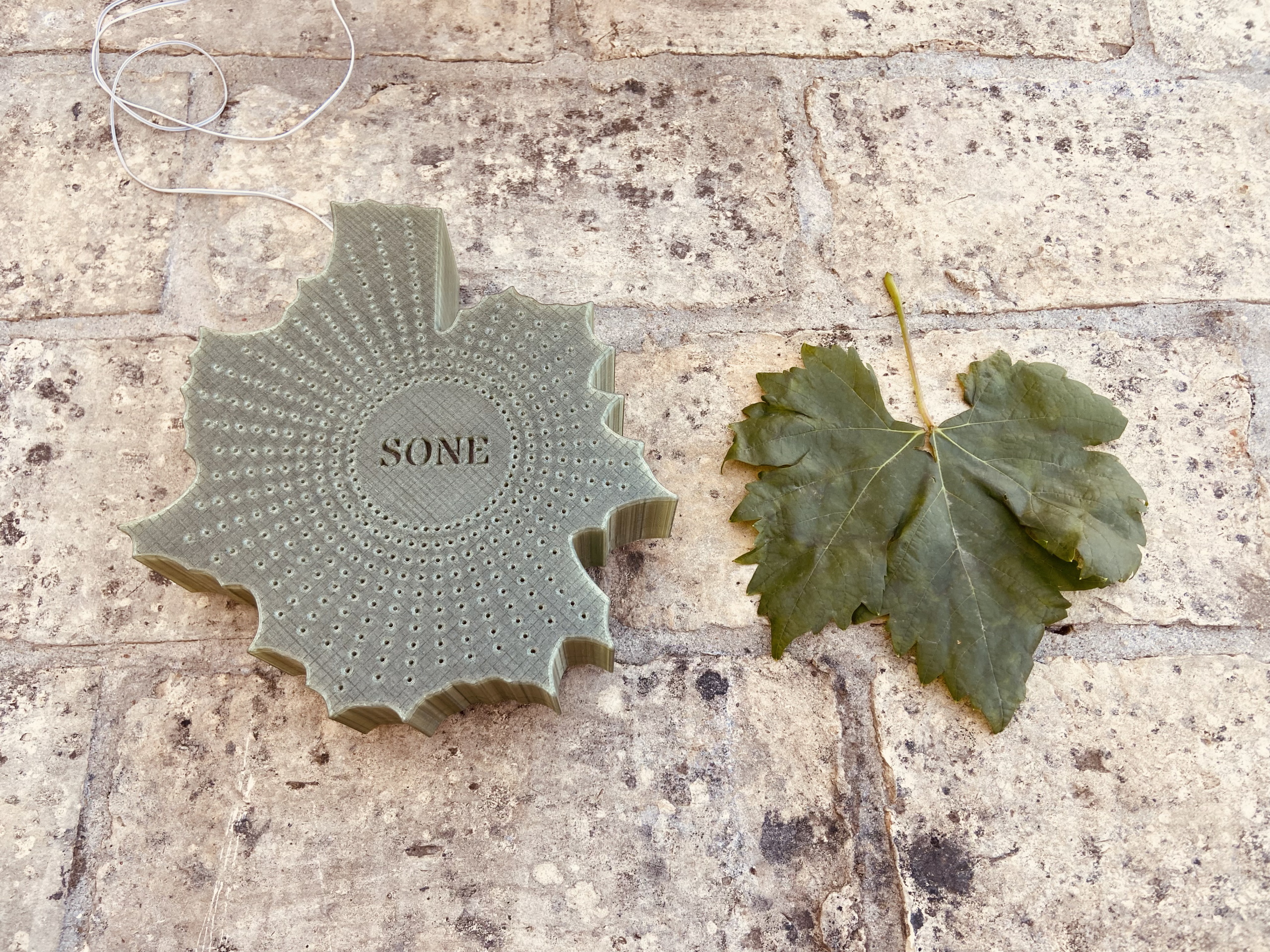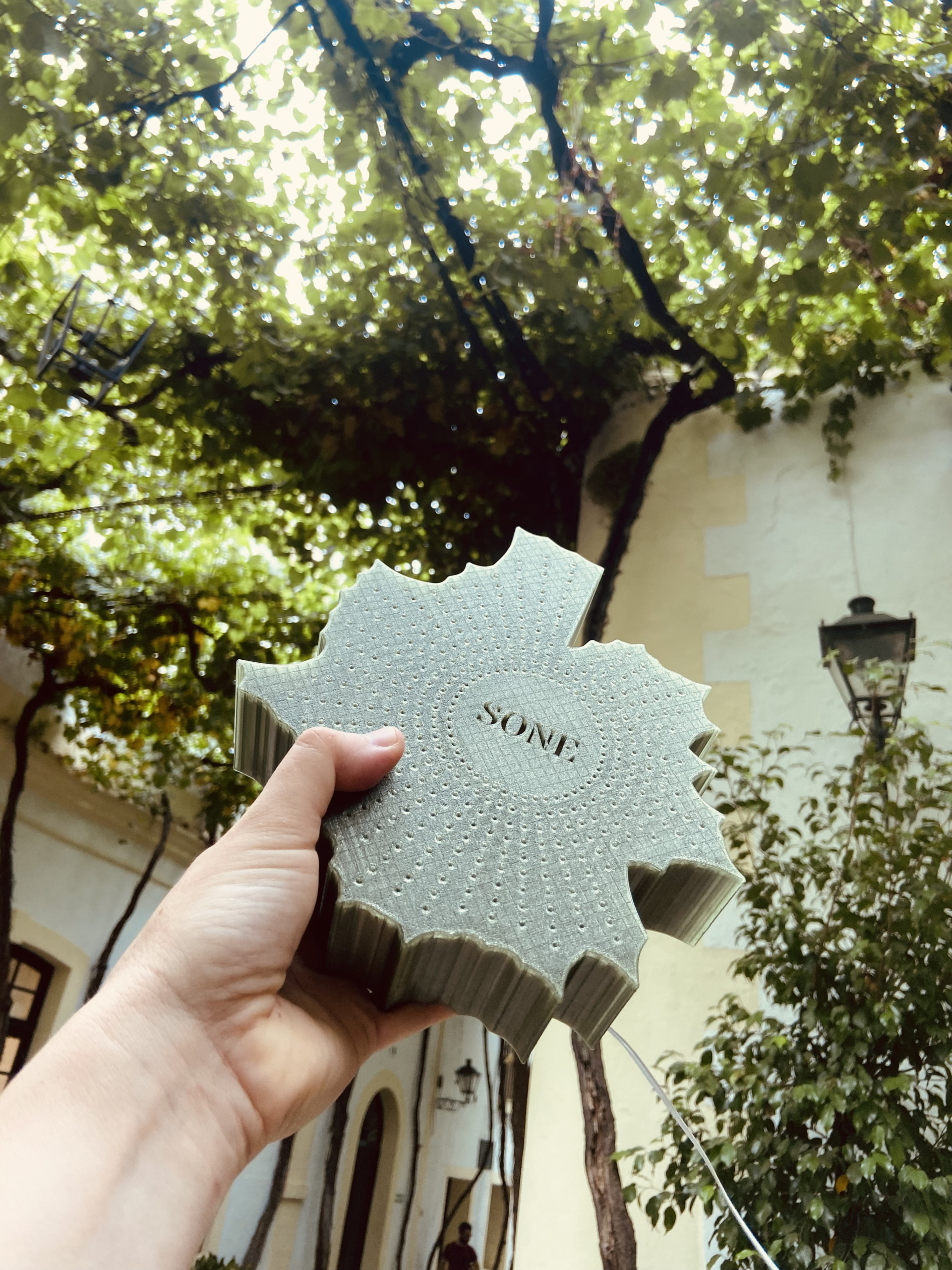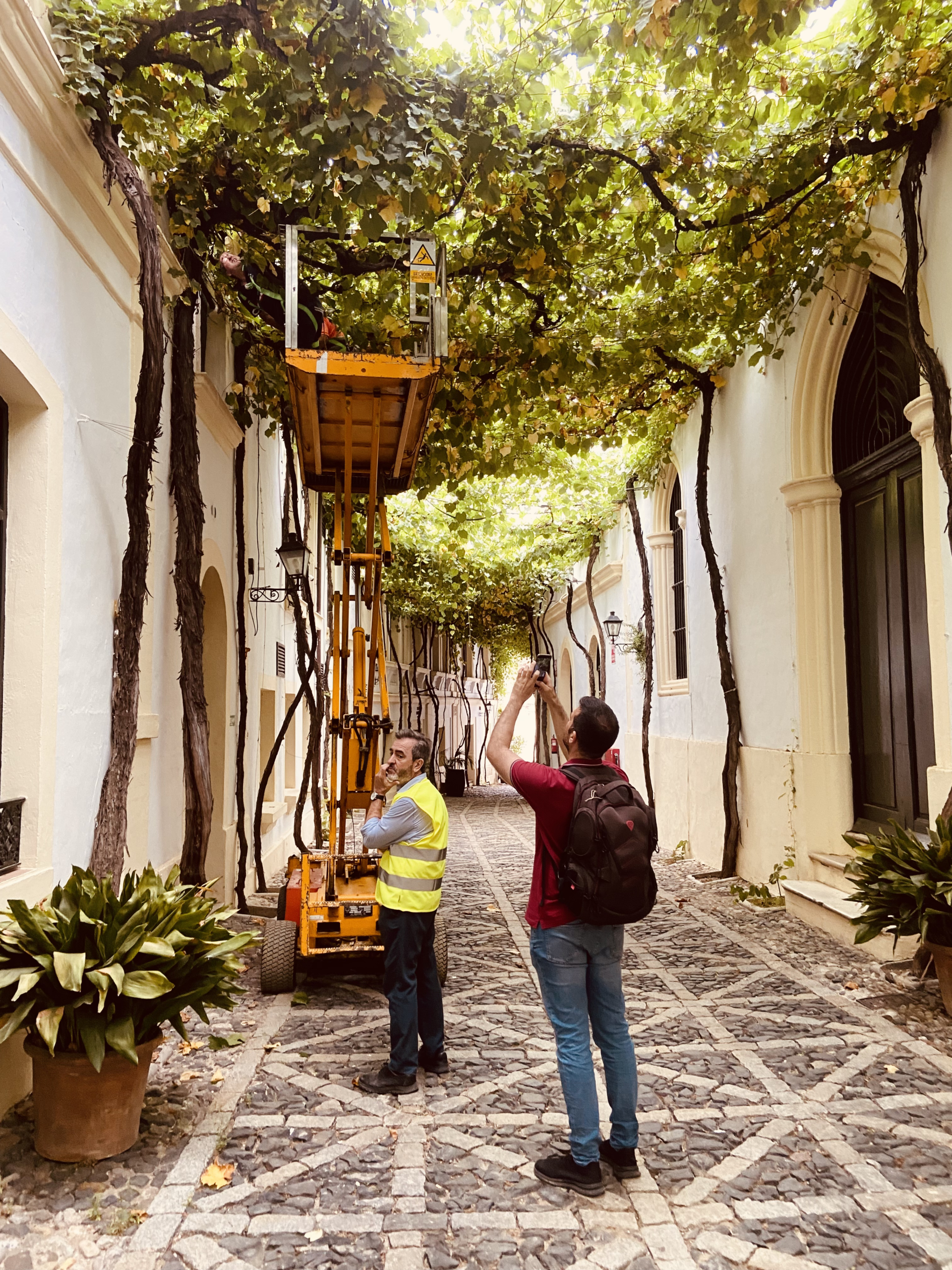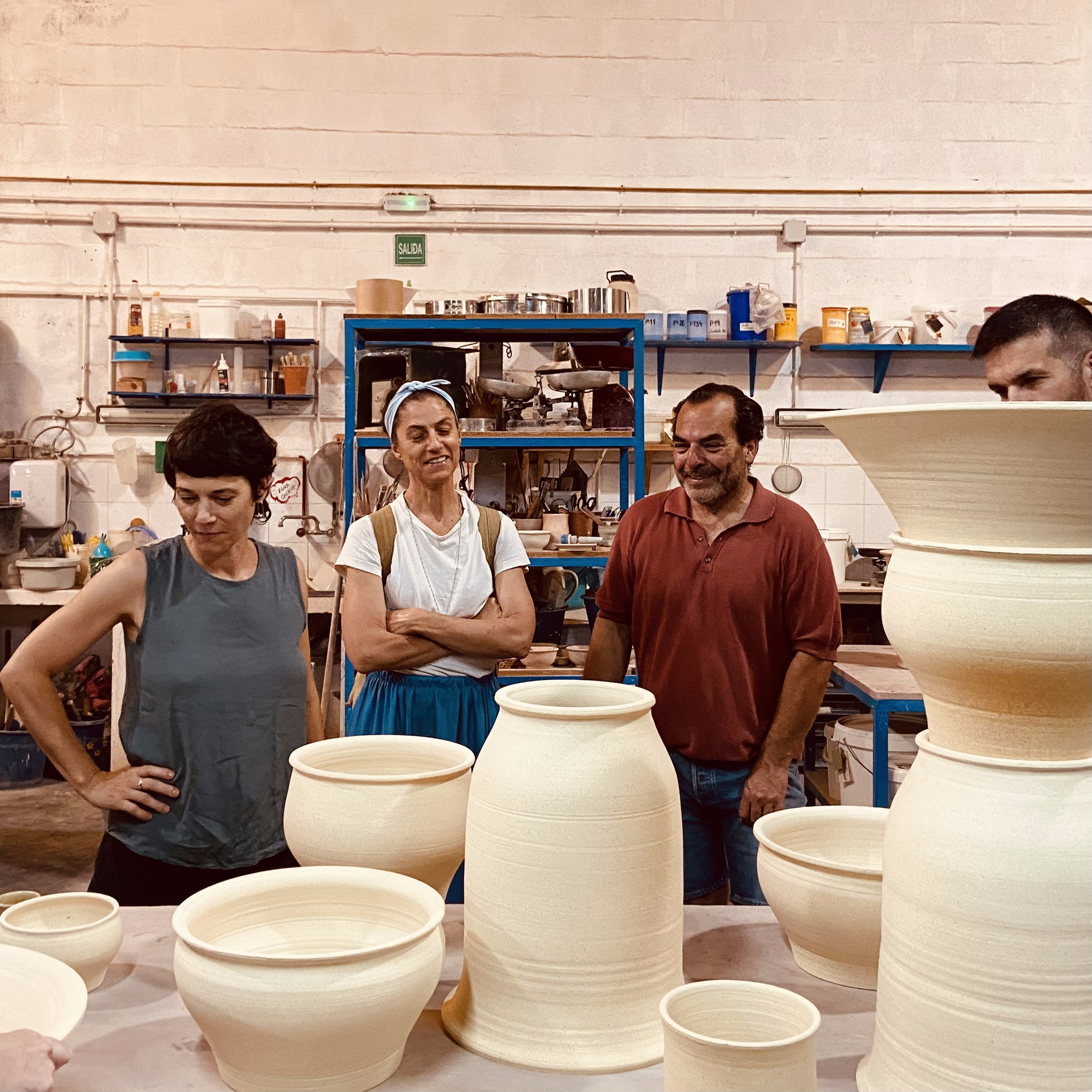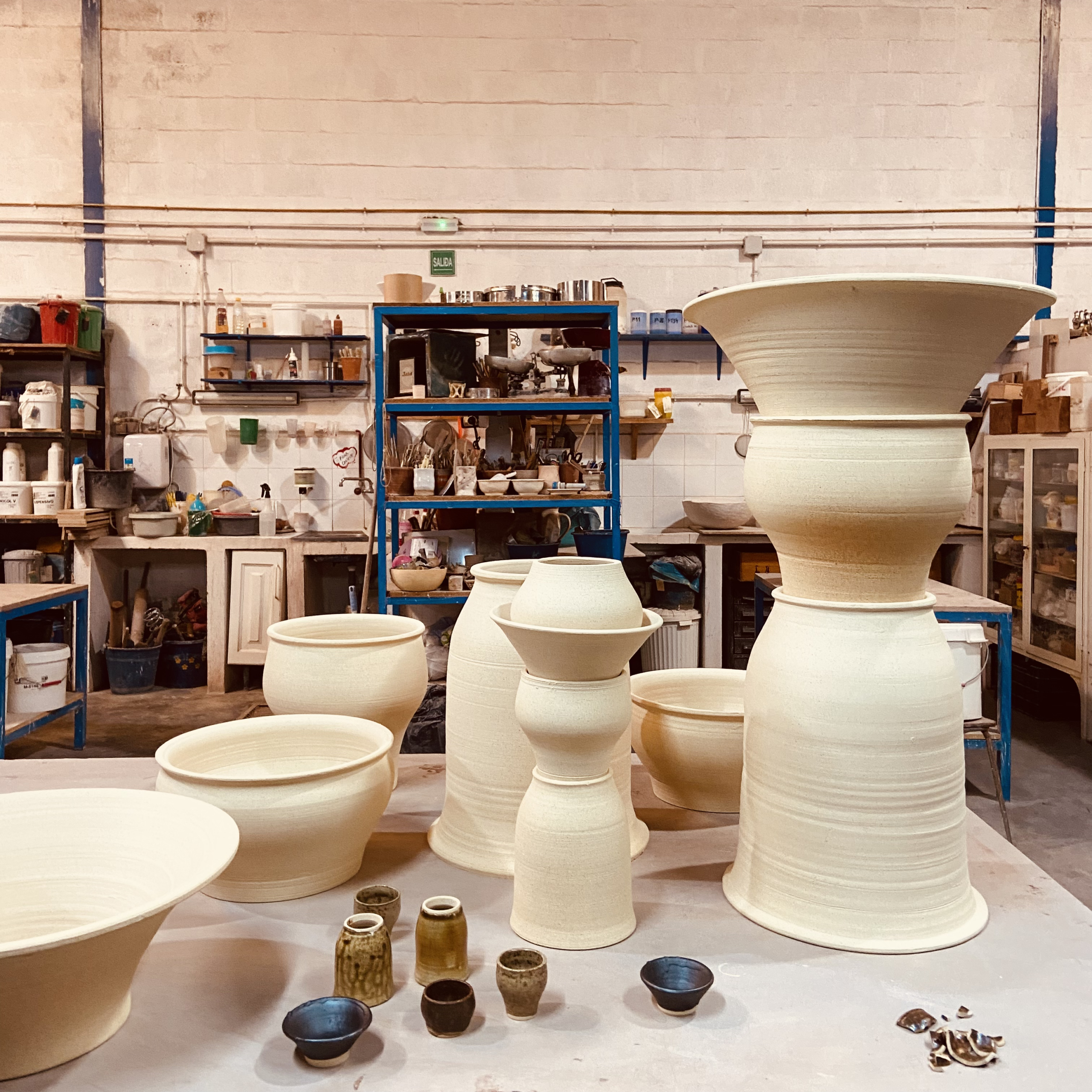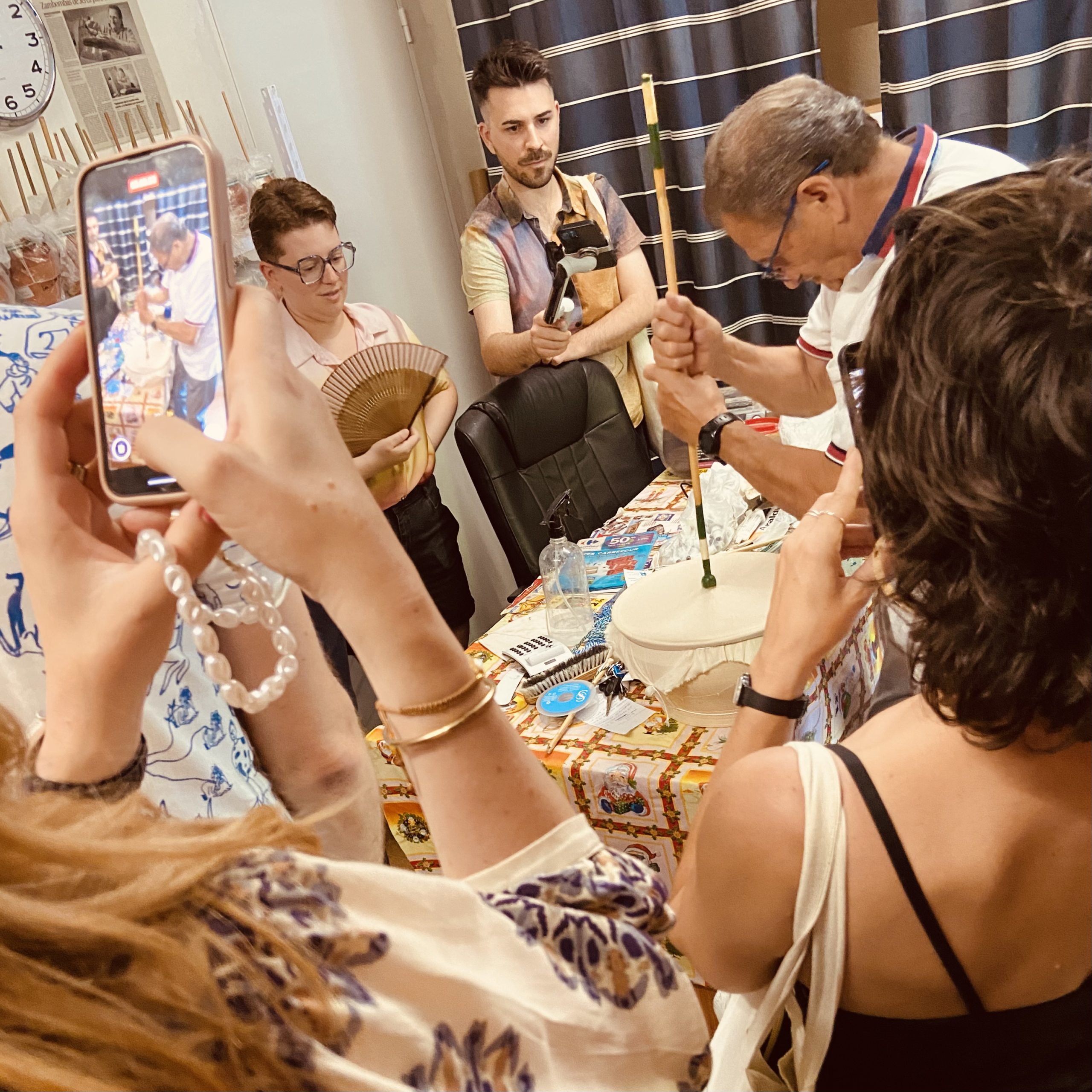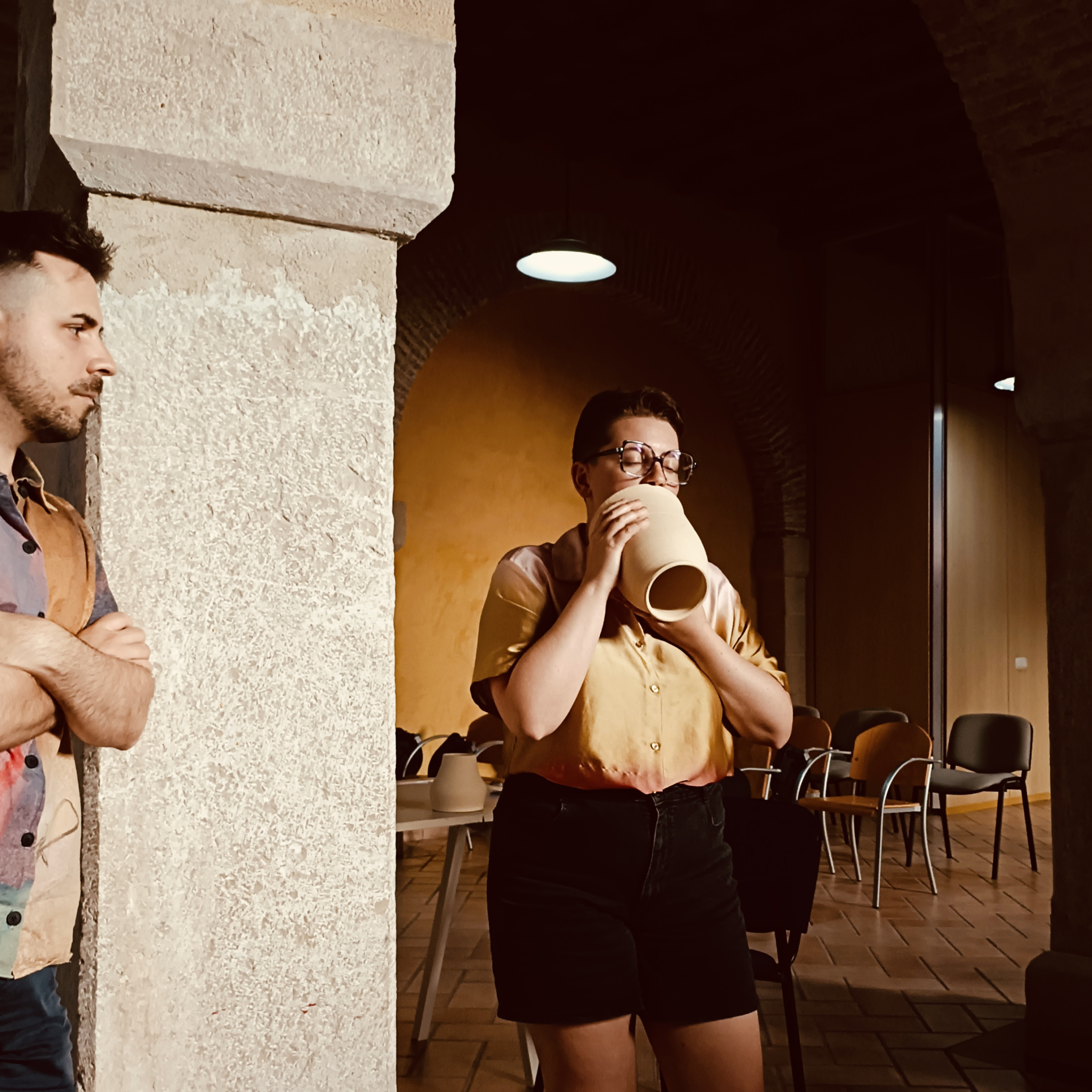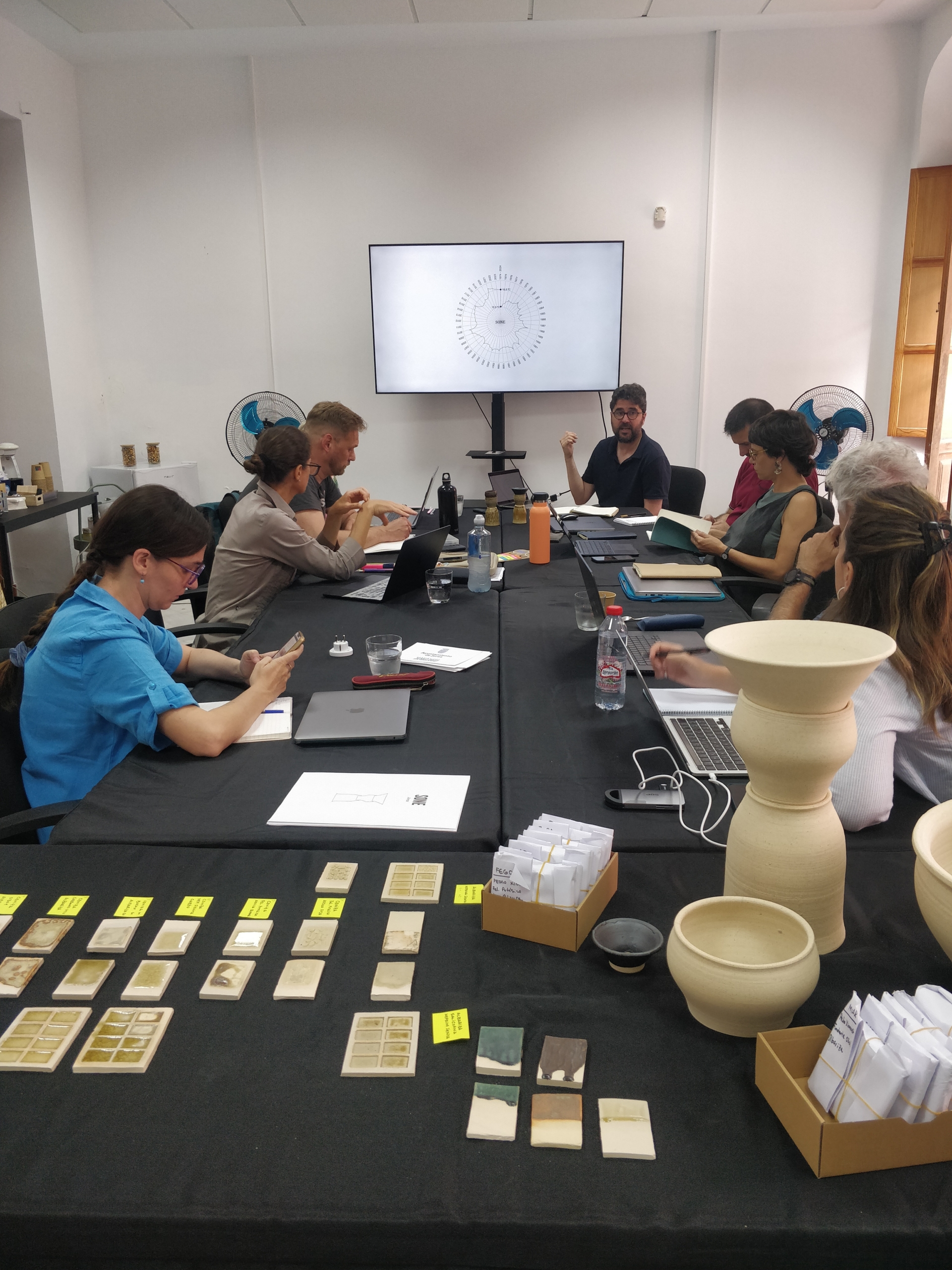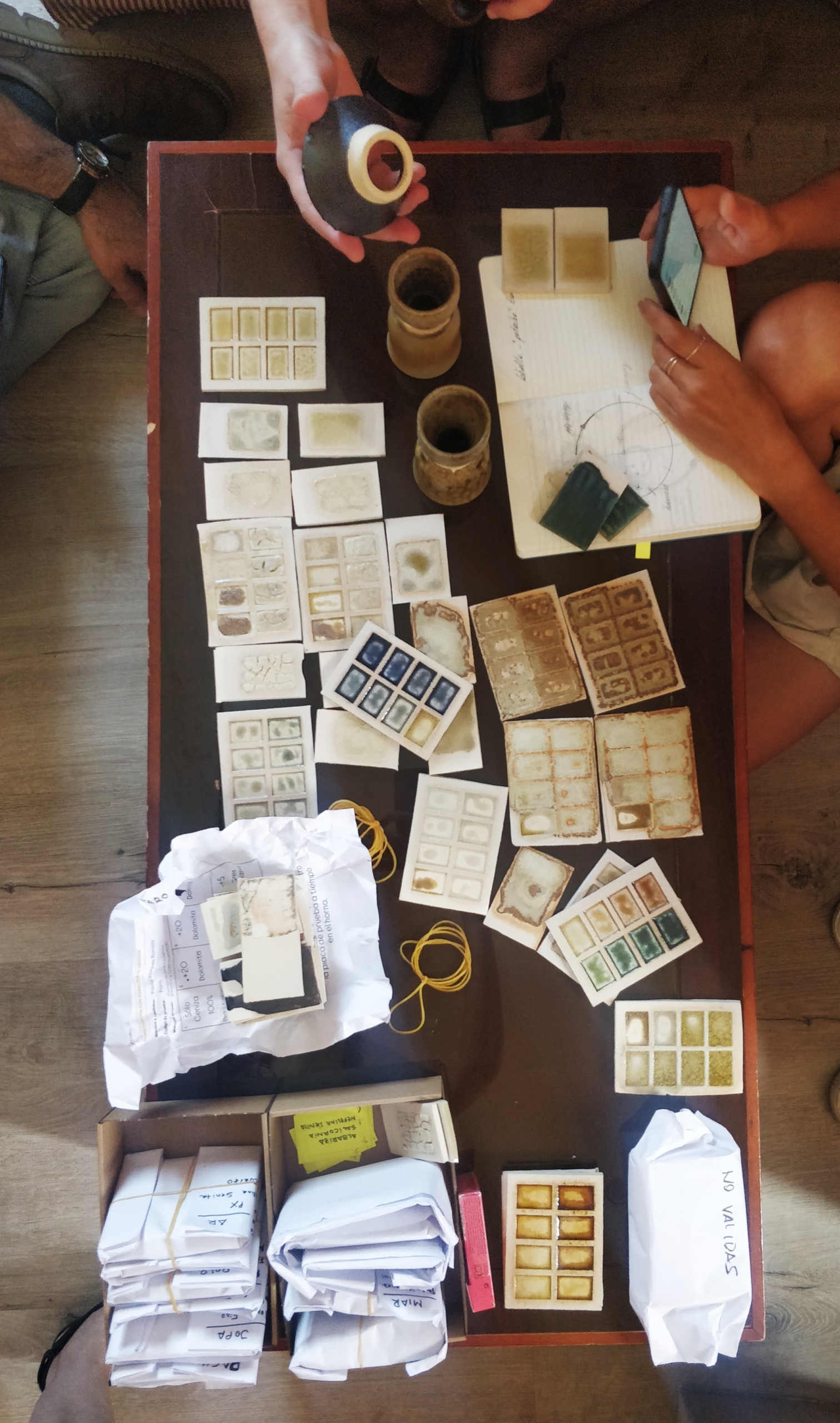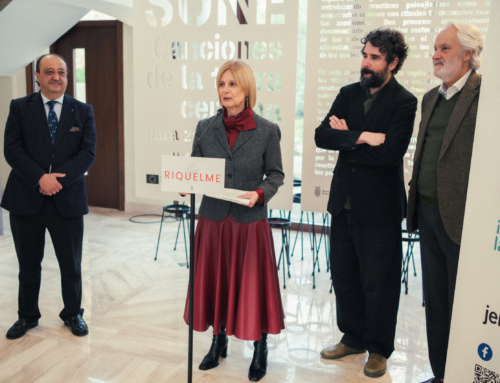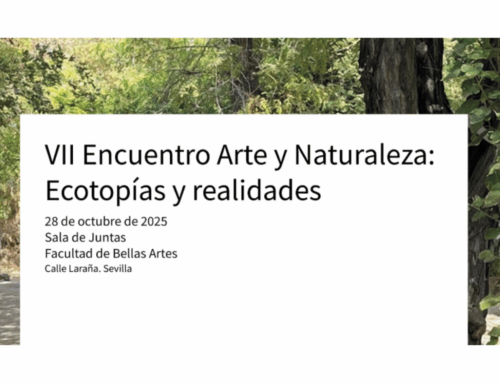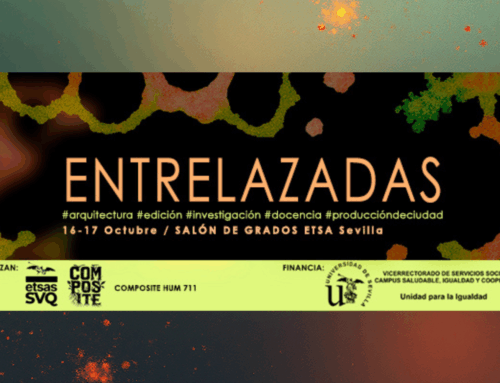From June 23rd to 28th June 2025, the second SONE Residential Workshop was held in Jerez de la Frontera, with the presence and participation of representatives of the international consortium: Politecnico di Milano, Aalborg University, NOVELCORE, Culturalink and Lodz Art Center. Also participating were Sanna Lehtinen (Aalto University School of Arts), member of the Advisory Board, Estelle Jullian (Culturama), artist selected through the Creative Dialogues Open Call. The event was organized in collaboration with the local team, composed of Jerez City Council, Fundarte, and Nomad Garden.
Throughout the week, special emphasis was placed on the collaborative creative work developed over the past few months by artists, institutions, cultural agents, associations, and citizens of Jerez, all contributing to the Songs of the Nearby Earth (SONE) project.
In addition, several key locations central to the development of the project were visited, including the Escuela de Arte y Superior de Diseño de Jerez (EASDJ), the Gresierra ceramics studio, the Centro Andaluz de Documentación del Flamenco, as well as the trellises of the Escuela de Idiomas and the González-Byass and Tradición wineries, along with newly planted vine structures in various public streets of the city.
Throughout the week, participants had the opportunity to meet and engage with key local actors such as the Amigos de los Árboles association and the Emparrados group—Juan Luis Vega and Miguel Revuelta—leading figures in promoting urban greening through vine arbours in Jerez. They also met Austin Gardner, maker at FabLab Jerez; post-composers Belénish Moreno-Gil and Óscar Escudero; José Manuel Coca, a traditional zambomba luthier; and Claudia GR Moneo and Lucía Franco Corrales, contributors to the book “Lah Letrah de nuehtra zambomba”.
The project also benefited from the invaluable collaboration of Francisco Benavent from the Centro Andaluz de Documentación del Flamenco.
The SONE project connects the countryside landscape with local cultural heritage through the traditional Jerez zambomba, operating at the intersection of tradition and innovation. It weaves collective narratives that honour the past while imagining a more sustainable future.
Inspired by the zambomba as both a symbolic and functional element, the project highlights its role in bridging the natural and urban landscapes of Jerez. In the city, the zambomba is central to Advent festivities, where communities gather in neighbourhood courtyards to sing carols and popular romances, often around a bonfire, sharing traditional fried sweets.
Originally crafted from locally sourced materials, the zambomba served both as a container for food and a musical instrument. Its cyclical use, local origin, and multifunctional nature make it a true paradigm of sustainability and creativity, deeply rooted in the territory.
SONE begins here—by glimpsing and weaving the connections between this object and the landscape. To this end, new zambombas are being co-designed in collaboration with the Ceramics Degree at EASDJ, the Coca family—the last remaining zambomba luthiers in Jerez—and the Gresierra artisanal ceramics workshop.
The process explores the use of local materials, such as albariza—a prized soil for winemaking in the Jerez countryside, composed of ancient marine sediments like diatoms and radiolarians—and vine prunings from native grape varieties like Palomino Fino, Pedro Ximénez, Moscatel, and Tintilla de Rota, investigating their potential for shaping and glazing the instruments. This material-based approach to culture is enriched by the collaboration of experts such as geologist and oenologist Willy Pérez, and musicologist Belénish Moreno-Gil, who is developing a sound-based artwork to invoke the past and imagined landscapes of Jerez, together with composer Óscar Escudero.
As part of the Residential Workshop, they began capturing the sounds of the newly created zambombas, crafted by EASDJ, Gresierra, and the Coca family, grounding the project in a multisensory exploration of place and memory.
This work will be complemented by a compilation of carol lyrics and popular romances containing references to the landscape and the emerging environmental challenges of Jerez. The selection draws from lyrics handed down through oral tradition for over four centuries, serving as a foundation for reimagining not only the past, but also the future of the city.
Claudia GR Moneo and Lucía Franco Corrales will guide us through this collective heritage, shaped and reshaped over time—a true palimpsest that reflects the layers of memory, culture, and imagination inscribed in the territory.
Finally, in line with the tradition of imagining alternative uses for these objects, the project proposes the reuse of zambombas as protective devices in the planting of urban vine arbours. Jerez, with its deep-rooted wine-producing identity, has long used vines as a source of shade in private spaces such as patios and porches. In some cases—like the González Byass wineries—these green structures began to extend into semi-public streets.
Today, the Amigos de los Árboles / Emparrados association is advocating for the expansion of this green infrastructure into public streets, reimagining the role of the vine as both a climatic solution and a cultural symbol of urban renewal.
In support of this environmental initiative, SONE proposes the reuse of instruments—enamelled with the remains of agricultural vines and other local landscape materials—as protective devices for the newly planted vines. This approach lays the groundwork for envisioning a more sustainable and sensorially rich urban renaturation strategy.
To this end, an atlas of existing vine arbours across the city is being compiled. In parallel, the team is collaborating on the installation of an environmental monitoring network in various areas of Jerez, in partnership with Austin Gardner (FabLab Jerez, El Altillo School). This system aims to collect data and compare the climatic, ecological, and experiential benefits of urban areas with vine arbours versus those without.
In addition, ICCS—also a member of the PALIMPSEST consortium—is developing tools based on augmented reality to simulate these interventions through mobile phone cameras, making the project more accessible and engaging for diverse audiences.
SONE aims to support the adoption of these strategies by relevant institutions, envisioning new models of governance and value creation, as well as new rituals that acknowledge and celebrate the connections and responsibilities of citizens in caring for their immediate surroundings. This approach echoes the spirit of the traditional zambomba celebrations once held in neighbourhood courtyards—moments of communal gathering, shared responsibility, and cultural expression rooted in everyday spaces.
—
For more information, you can consult the pilot’s brand new web-blog here (in Spanish): https://gardenatlas.net/gardens/palimpsest-jerez/ and on Instagram: sone.jerez
Published on: July 23, 2025


